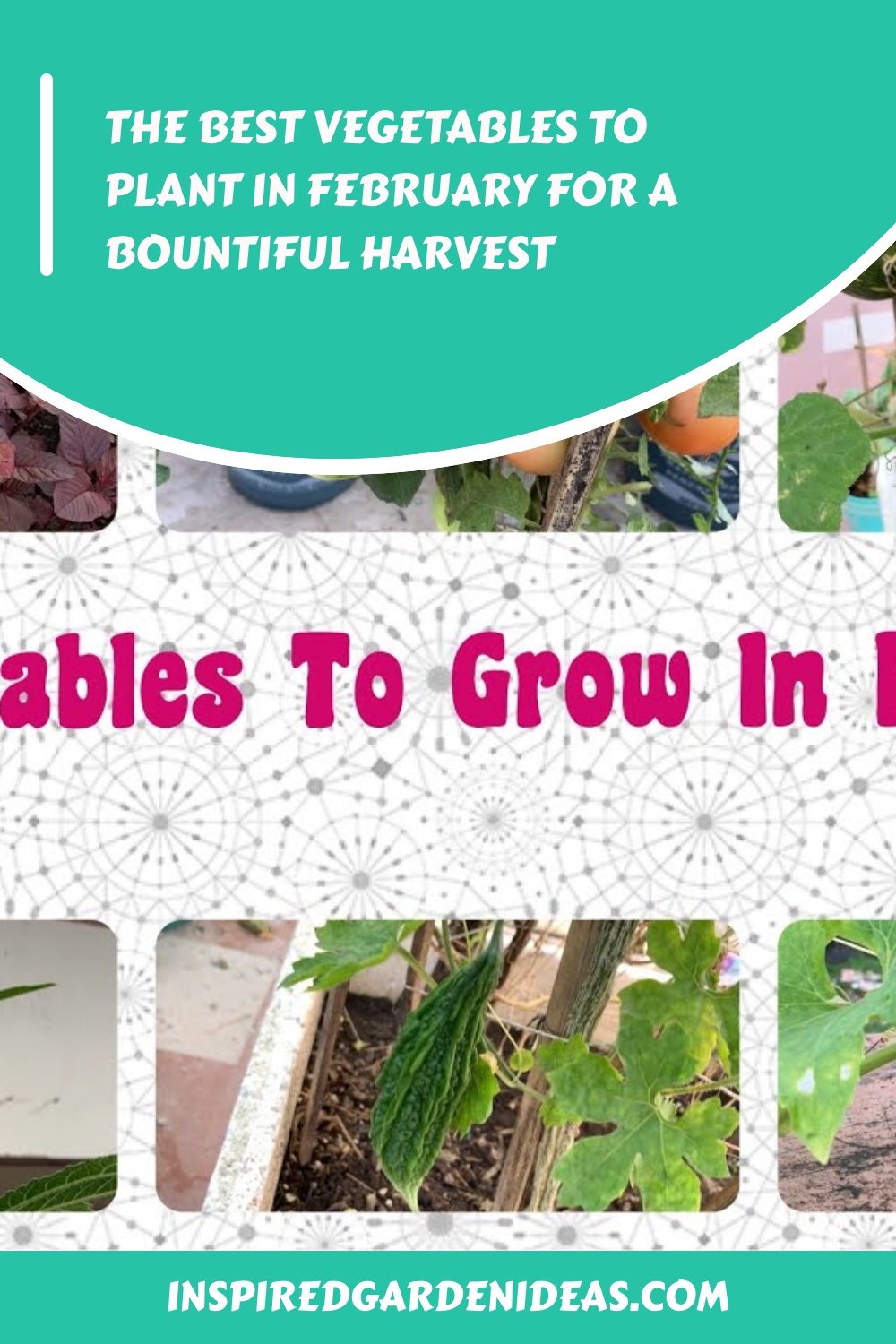As the winter season starts to thaw and spring approaches, gardeners are eagerly preparing to start their vegetable gardens vegetables to plant in february. While many vegetables need to be planted in March or April, there are still plenty of options for those who can’t wait to get their hands dirty. Planting vegetables in February not only allows you to enjoy fresh produce earlier in the year, but it also gives your plants a head start before the warm weather sets in.
Here are some of the best vegetables to plant in February for a successful and fruitful harvest.
Root Vegetables: Carrots, Beets, and Radishes
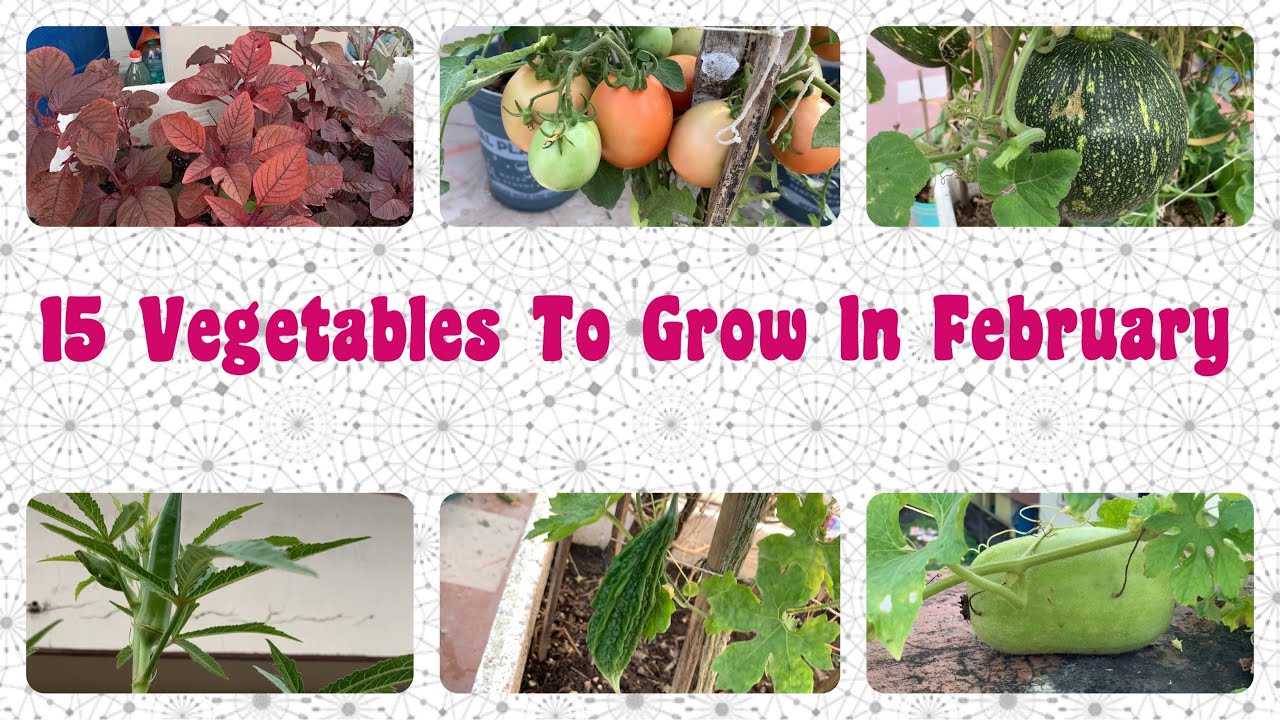
Carrots
Carrots are a great vegetable to plant in February, as they prefer cooler temperatures and can withstand light frosts. They take longer to mature, so planting them early will give them ample time to develop deep roots and result in sweeter, more flavorful carrots. When planting carrots, make sure to choose a location that receives full sun and has well-drained soil. Sow seeds 1/4 inch deep and 1-2 inches apart, and keep the soil consistently moist. As they grow, thin out the seedlings to about 3 inches apart to allow room for the carrots to develop fully.
Tips: To protect young carrot seedlings from colder temperatures, cover them with a layer of mulch or row covers.
Beets
Beets thrive in cooler weather, making them an ideal choice for February planting. They can even tolerate light frost and snow, making them a hardy option for winter gardening. Beets are also rich in nutrients and add vibrant colors to any dish. When planting beets, choose a location with well-drained soil and sow seeds 1/2 inch deep and 1 inch apart. Once the seedlings emerge, thin them out to about 3-4 inches apart. Beets can be harvested when they are about 1-2 inches in diameter.
Tips: For a continuous harvest, sow beet seeds every 2-3 weeks throughout the spring and early summer.
Radishes
One of the quickest vegetables to grow, radishes are a great choice for February planting. They prefer cool weather and can be harvested in just 3-4 weeks. Sow seeds 1/2 inch deep and 1 inch apart in a location with full sun and well-drained soil. As they grow, thin them to about 2-3 inches apart. Radishes are ready to harvest when their roots are about the size of a large marble.
Tips: To avoid woody or bitter-tasting radishes, make sure to keep the soil consistently moist while they are growing.
Leafy Greens: Spinach, Lettuce, and Kale
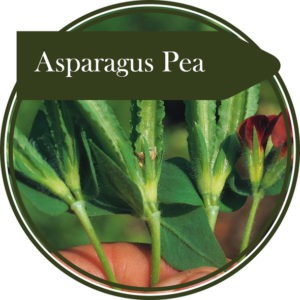
Spinach
Spinach is a hardy vegetable that can survive freezing temperatures, making it an excellent choice for February planting. It is packed with nutrients and grows quickly, allowing you to enjoy fresh spinach within a few weeks. Choose a location with partial shade and well-drained soil, and sow seeds 1/2 inch deep and 2 inches apart. Thin out the seedlings to about 4-6 inches apart as they grow.
Tips: Covering spinach with a layer of mulch can help protect it from colder temperatures.
Lettuce
Lettuce is another leafy green that thrives in cooler weather. It can be planted as early as February and will continue to grow throughout the spring and summer. Lettuce prefers partial shade and well-drained soil. Sow seeds 1/4 inch deep and 1-2 inches apart. As the seedlings emerge, thin them to about 6-8 inches apart to allow room for mature heads of lettuce.
Tips: To prolong the harvest, plant different varieties of lettuce that mature at different rates.
Kale
Kale is a nutrient-packed superfood that can be grown in colder weather. It is also relatively easy to grow and can be harvested throughout the winter and spring months. Choose a location with full sun and well-drained soil, and sow seeds 1/2 inch deep and 12 inches apart. As they grow, thin the seedlings to about 18-24 inches apart to allow for proper air circulation.
Tips: Regularly harvesting outer leaves will encourage new growth and prolong the harvest.
Cruciferous Vegetables: Broccoli, Cauliflower, and Cabbage
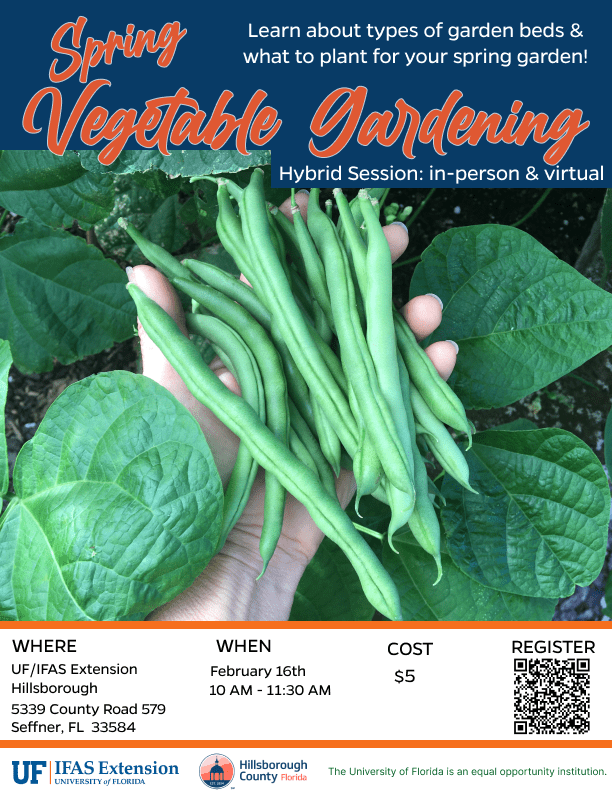
Broccoli
Broccoli prefers cooler temperatures and can be grown successfully in February. It is a versatile vegetable that can be steamed, roasted, or added to stir-fries. When planting broccoli, choose a location with full sun and well-drained soil. Sow seeds 1/4 inch deep and 12 inches apart. As the seedlings emerge, thin them to about 18-24 inches apart to allow room for the broccoli heads to develop.
Tips: Covering broccoli with row covers can protect it from pests and keep it warmer during colder temperatures.
Cauliflower
Like its cousin broccoli, cauliflower prefers cooler temperatures and can be planted in February. It is an excellent source of vitamin C and can be used in a variety of dishes. Choose a location with full sun and well-drained soil, and sow seeds 1/4 inch deep and 12 inches apart. As they grow, thin the seedlings to about 18-24 inches apart.
Tips: Blanching cauliflower by tying the leaves around the head can result in a whiter and more tender cauliflower.
Cabbage
Cabbage is a hardy vegetable that can tolerate colder temperatures, making it an ideal choice for February planting. It is also a versatile vegetable that can be used in salads, soups, and stir-fries. Choose a location with full sun and well-drained soil, and sow seeds 1/4 inch deep and 12 inches apart. As they grow, thin the seedlings to about 18-24 inches apart.
Tips: Adding compost or organic fertilizer can help cabbage plants thrive and produce bigger heads.
FAQs
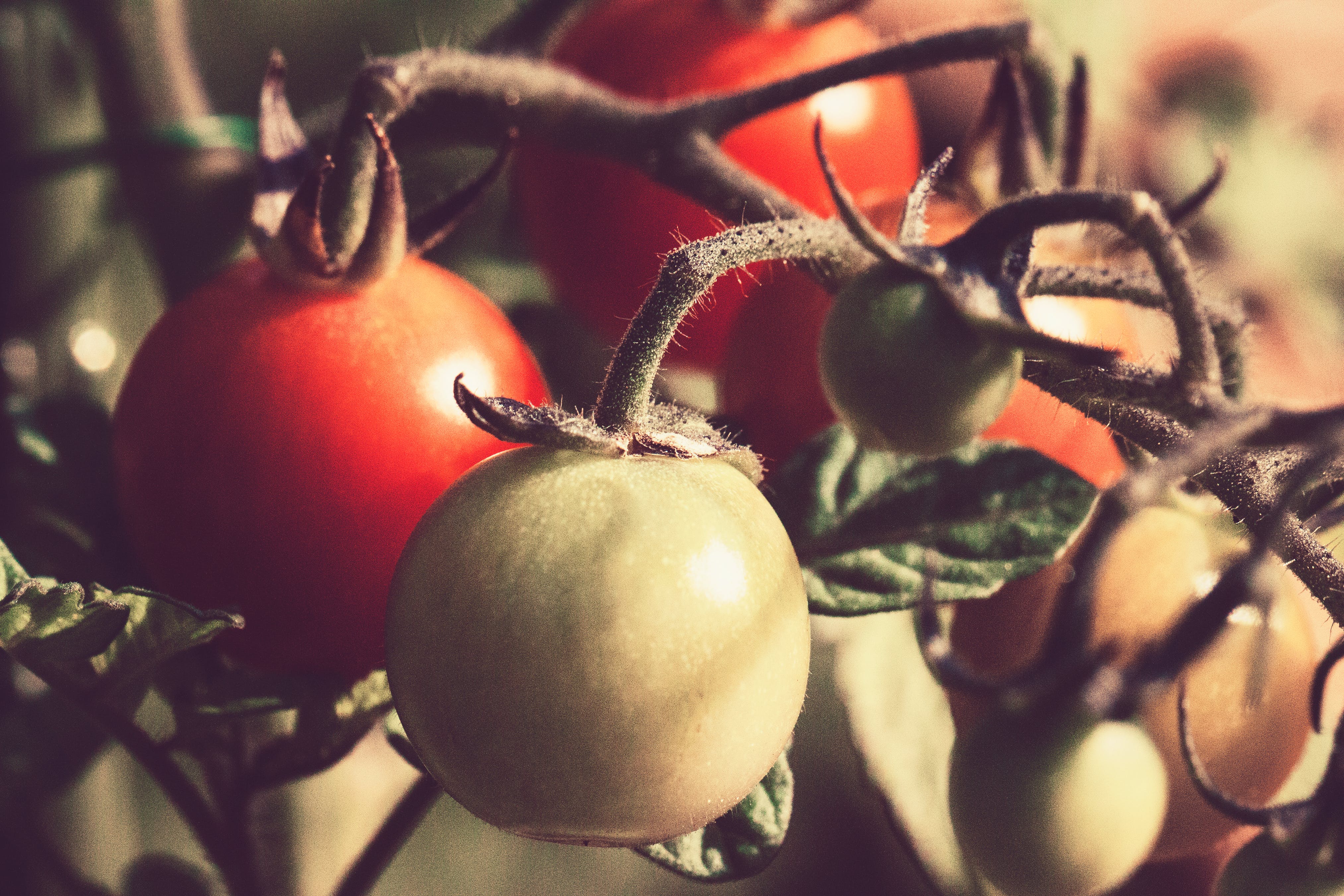
Can I still plant vegetables in February if it’s still snowing?
Yes, you can still plant certain vegetables in February even if there is snow on the ground. Some hardier vegetables, like root vegetables and leafy greens, can withstand colder temperatures and even light frost. Make sure to choose a variety that is suitable for winter gardening and take measures to protect your plants, such as using row covers or mulch.
Can I start seeds indoors in February and transplant them outside later?
Yes, starting seeds indoors in February is a great way to get a head start on your spring garden. You can start seeds for warm-weather crops, like tomatoes and peppers, and then transplant them outside once the weather warms up. Just make sure to provide enough light and proper care for your seedlings until they are ready to be planted outside.
Can I plant any other vegetables in February besides the ones mentioned?
Yes, there are several other vegetables that can be planted in February depending on your climate and growing conditions. Some other options include peas, onions, and Swiss chard. Make sure to do some research on which vegetables grow best in your area during the month of February.
Should I use any special techniques or tools for planting in February?
One technique that can be beneficial when planting in February is using a cold frame. A cold frame is a simple structure made of clear plastic or glass that can help trap heat and keep plants warmer during colder temperatures. It can also be used to start seeds or harden off seedlings before transplanting them outside.
Are there any vegetables that I should avoid planting in February?
While there are many vegetables that can be successfully planted in February, some may not do well in colder temperatures. It’s best to avoid planting warm-weather crops, such as melons and eggplants, as they require warmer temperatures to grow and thrive.
Conclusion
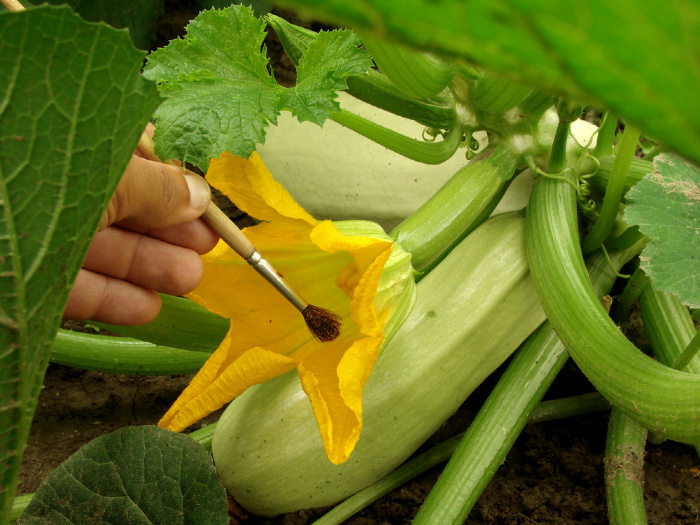
Planting vegetables in February allows you to enjoy fresh produce earlier in the year and gives your plants a head start before the warm weather sets in. From root vegetables and leafy greens to cruciferous vegetables, there are plenty of options for gardeners who are eager to get their hands dirty. Make sure to choose varieties that are suited for winter gardening and provide proper care and protection for your plants. With these tips and suggestions, you can have a bountiful harvest of homegrown vegetables starting from February and throughout the spring and summer months.


